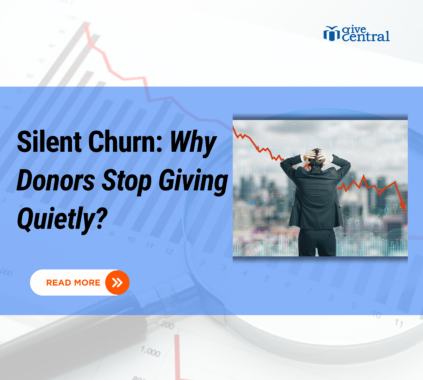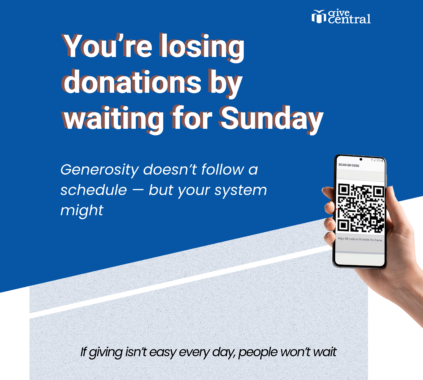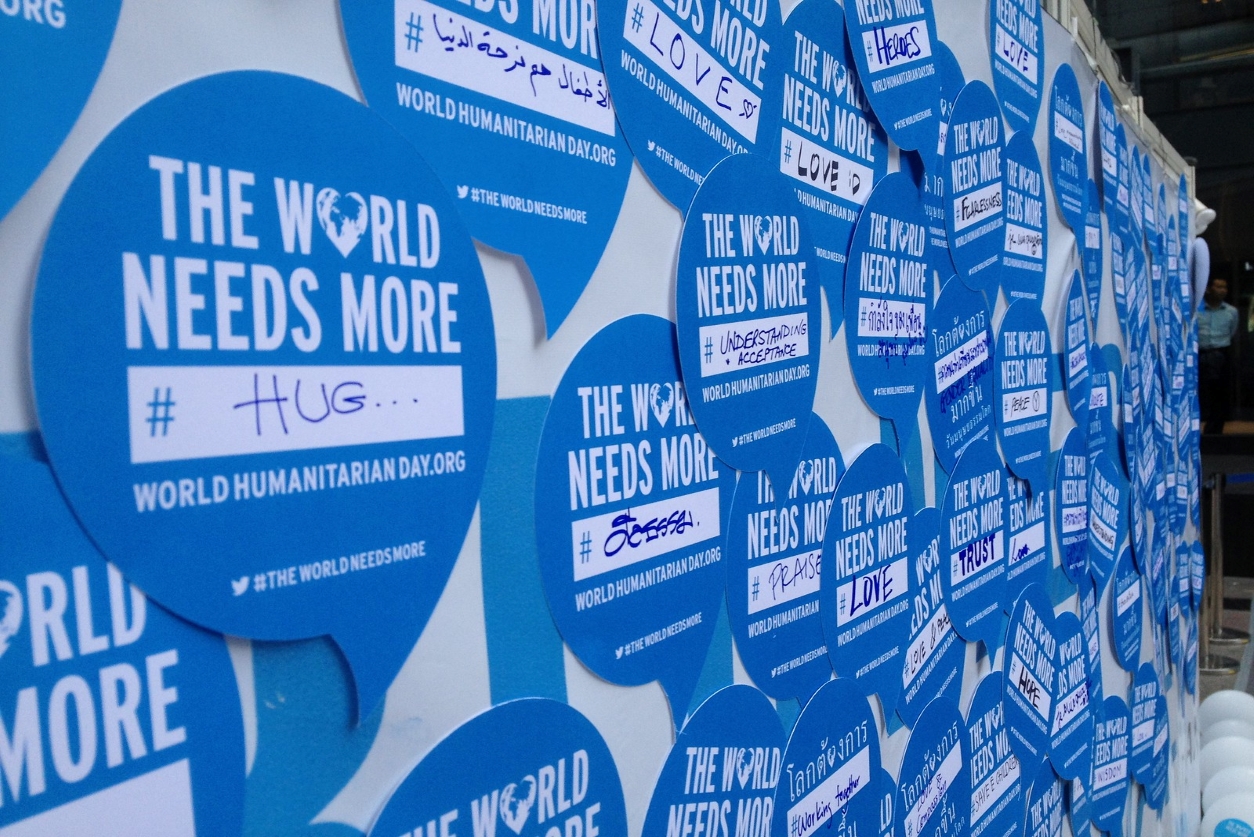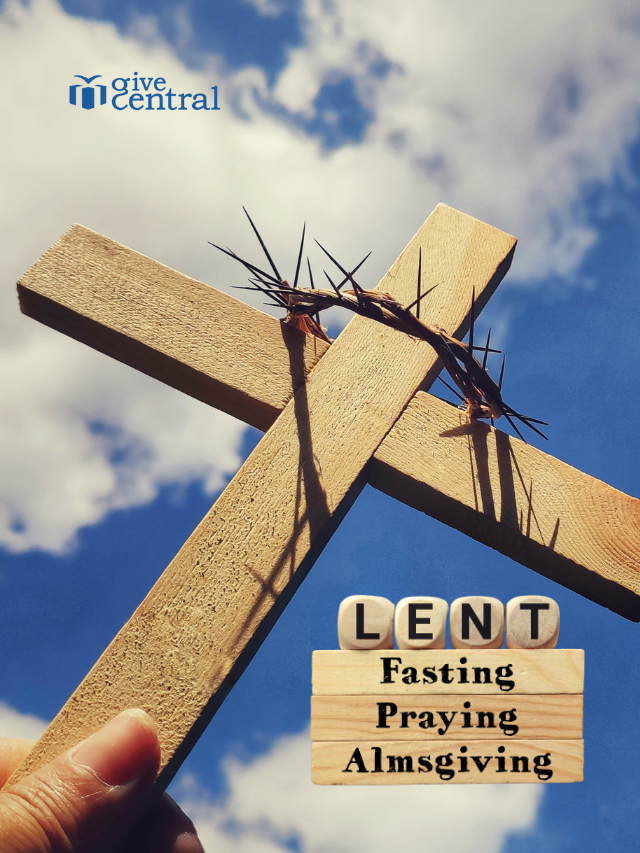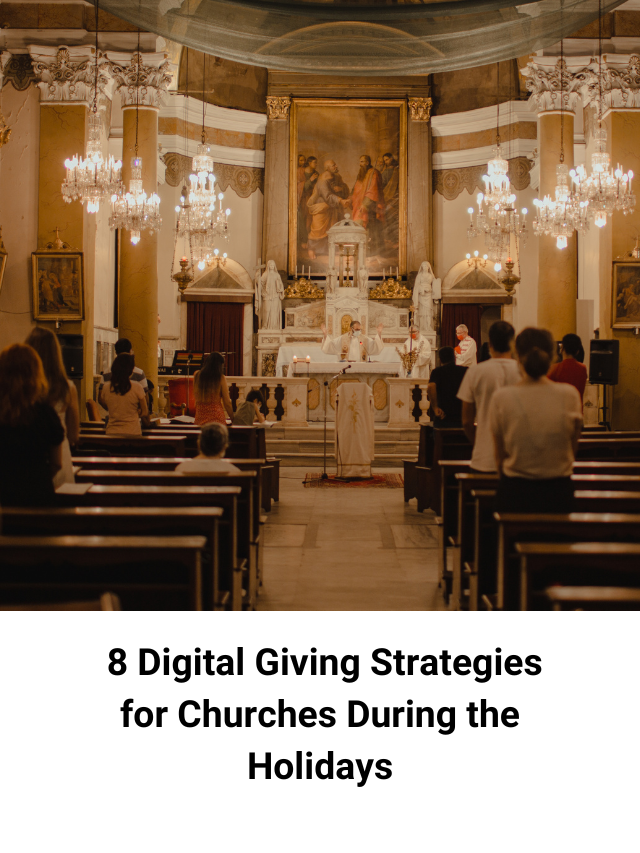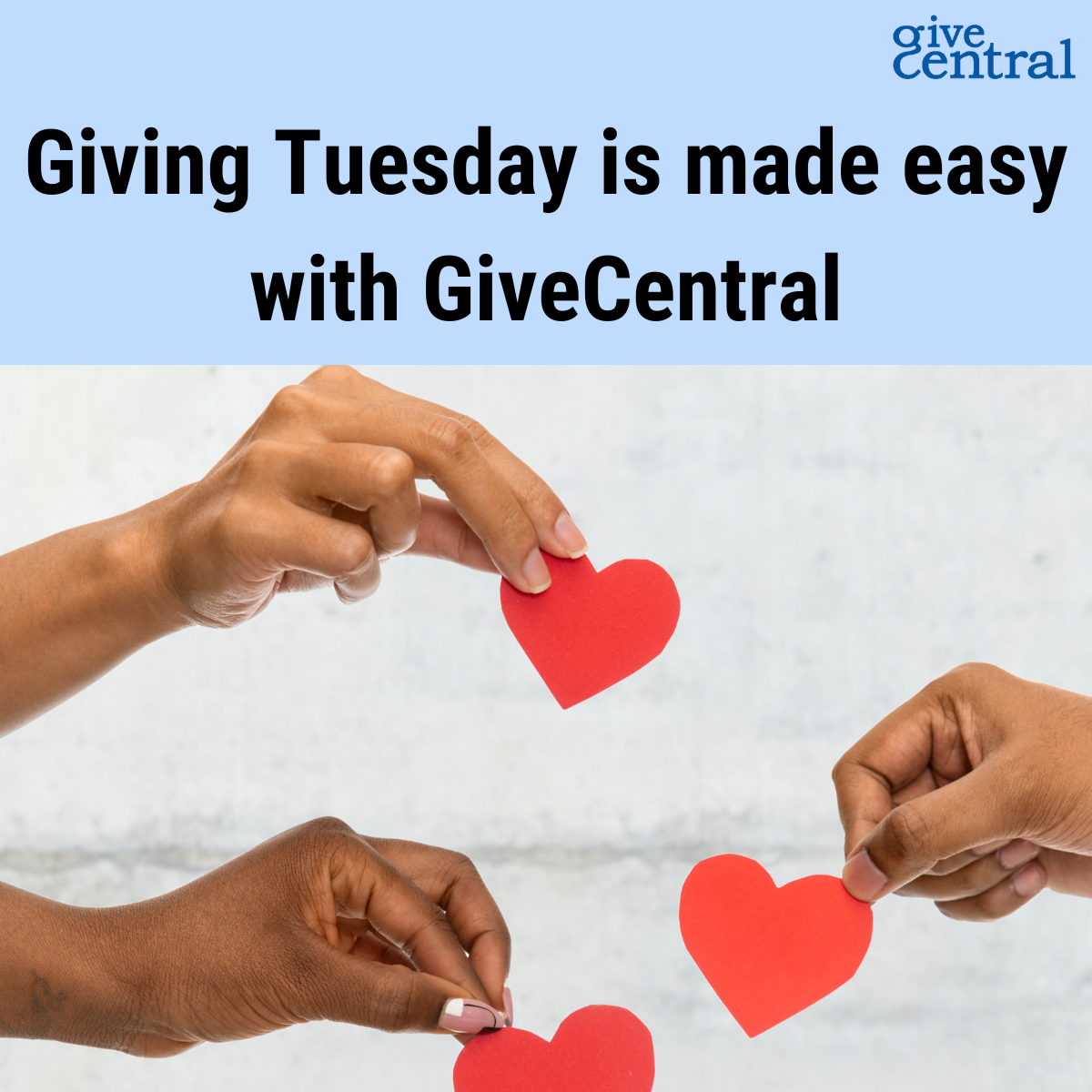Fundraising for nonprofits has never been an easy task. The communication challenge is even greater. One has to tell a convincing story to people from all walks of life and ages to form a meaningful connection. Not all generations are equal online, nor do they prefer using the same social media channels. Being born in different time periods, each generation has its own thoughts and values, characteristics, ideologies and morals.
This stark difference in values is not only visible in everyday routine, lifestyle, political and workplace framework but also in fundraising. Where the younger, tech-savvy generation would like to connect and donate via online campaigns, the older generation still prefers to give offline or through direct mail.
We will trace the giving patterns of five different generations – Silents, Baby Boomers, Generation X, Millennials, and Generation Z – and see what it means to nonprofit fundraising.
Silents
Silents, also known as traditionalists, are people who were born between 1925 and 1945. They are the people who grew up in an environment surrounded by war and economic downturn.
Characteristics: A generation considered to uphold their values, they are the most traditional, loyal and dedicated group of people. They are known for their ethics, simplicity, and gratitude towards life.
Media and banking habits: They have the least know-how of technology and internet and have barely used it. Their mode of communication was rotary phones and memo writing.
What giving means to them: 25% of overall giving is from this generation. They are more inclined towards religious and spiritual causes. What’s interesting is that in the past couple of years, 35% of donors of this generation have made an online gift.
How do nonprofits approach them: Although they engage through mails and offline modes, they are still at times found to go online. It is often seen that they are discarded from online fundraising strategy. Make sure to include them while you build a multichannel fundraising strategy.
Baby Boomers
People who were born between 1946 and 1964 are known as baby boomers. They are the demographically larger group of people who have retired or are attaining the age of retirement.
Characteristics: They are the generation who abide by societal rules. They are not easily persuaded by gimmicks and over the top promises. Known to make rational decisions, they fact check before they purchase or invest their money and time. The generation is known to be confident, well-disciplined and takes responsibilities sincerely.
Media and banking habits: They form the highest consumers of traditional media such as magazines, T.V., and radio. 80% of them are found to be on at least one social media platform. They prefer to do transactions by going to bank branches, although they do not reject digital transactions.
What giving means to them: A major chunk of the giving pie, around 43%, comes from Baby Boomers. Half of the Boomer population are known to check a nonprofit’s finances before they make a gift.
What this means to nonprofits and charities: They are known to be the most loyal supporters of your causes once they enroll with your nonprofit. Your recurring giving programs will be best supported by Boomers. What you need to make sure is that your fundraising campaigns should include factual relevance.
Generation X
Generation X, also known as Gen X are the people who were born between 1965 to 1979. Their career started in the era of dot-com. They grew up as latchkey kids.
Characteristics: They are characterized as independent and give importance to work-life balance. A generation that value time more than money. They are the first ones to witness the introduction of computer, mobile, and internet. The internet’s most popular inventions such as Google, YouTube and Amazon sprang from their minds.
Media and banking habits: An interesting fact about Gen X is that they are found to spend 32 hours a week online, thus consuming online media more than their descendants – the millennials. Transactions in person and through banks is what they prefer. They do some research before they carry out any online transactions.
What giving means to them: This generation represents 20% of the total giving. It is found that they give more frequently as compared to other age groups. They are the top supporters of health, environment and animal causes.
What this means to nonprofits and charities: They maintain an equilibrium between offline giving and online giving. A multichannel fundraising strategy will work best for them.
Millennials
Born between 1980 and 1995, they are the people who hit adulthood in the 21st century. Also known as Generation Y, they were the first generation to have been brought up in an environment with computers and the internet.
Characteristics: This generation is confident, ambitious and isn’t afraid of questioning authorities. Tech-savvy, multi-tasking, creative thinkers, go-getters, and problem-solvers are some of the terms that define them.
Media and banking habits: They are the generation who saw a transition from traditional cable to online streaming channels such as Netflix. They are found to spend about 27 hours a week online. They seek digital medium for money transactions but also do bank transactions.
What giving means to them: They make 11% of total giving and are top supporters of human rights and child development. 25% of millennial donors use mobile devices to complete a donation.
What this means to nonprofits and charities: Millennials can be best engaged through mobile platforms. Mobile giving such as text-to-donate and text-to-give will be best responded to by this generation. Consider building a mobile responsive donation page and do not forget to place a call-to-action button along with each online donation campaign and appeal.
Generation Z
Generation Z is the youngest generation, born after 1995. A generation where electronics is a necessity rather than a luxury.
Characteristics: This generation is known to be the true tech-savvy generation and hence are also referred to as neo-digital natives. They are socially liberal and have an entrepreneurial outlook.
Media and banking habits: They grew up playing with their parent’s smartphone and tablets and are comfortable with making debit cards and digital transactions through mobile devices.
What giving means to them: Currently, 44% of Gen Zers give. This upcoming generation will make up a major portion of the giving pie. They are more inclined towards making a gift for causes related to our planet. Gen Z is predicted to form the largest chunk of donors to use mobile giving.
What this means to nonprofits and charities: A generation driven by technology, Gen Z responds well to online campaigns. One must truly leverage social media, mobile giving and other online mediums to captivate their attention towards their cause. Try to make your strategy more personal and include touch-points that concern them such as causes that have a global impact.
While the people from the Silent Generation to Generation Z may have wide-ranging nature of thoughts and preference, we suggest you give considerable importance to online fundraising strategies. Ensure to build a compelling multichannel communication strategy. This will nourish connections across all age brackets.
Communication giving Mobile Giving nonprofit fundraising online fundraising
Last modified: August 22, 2019


